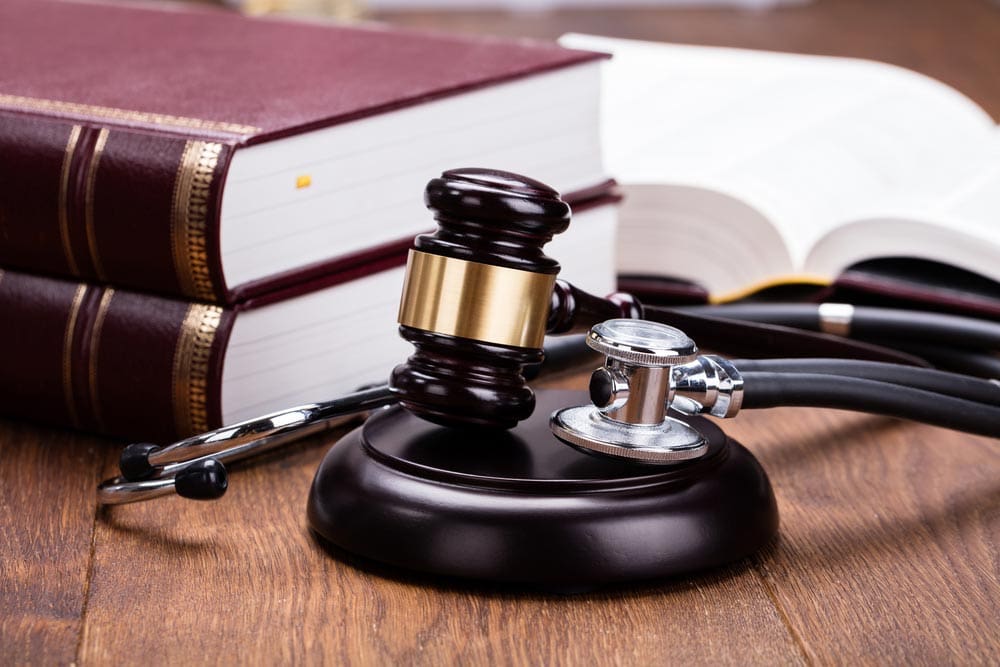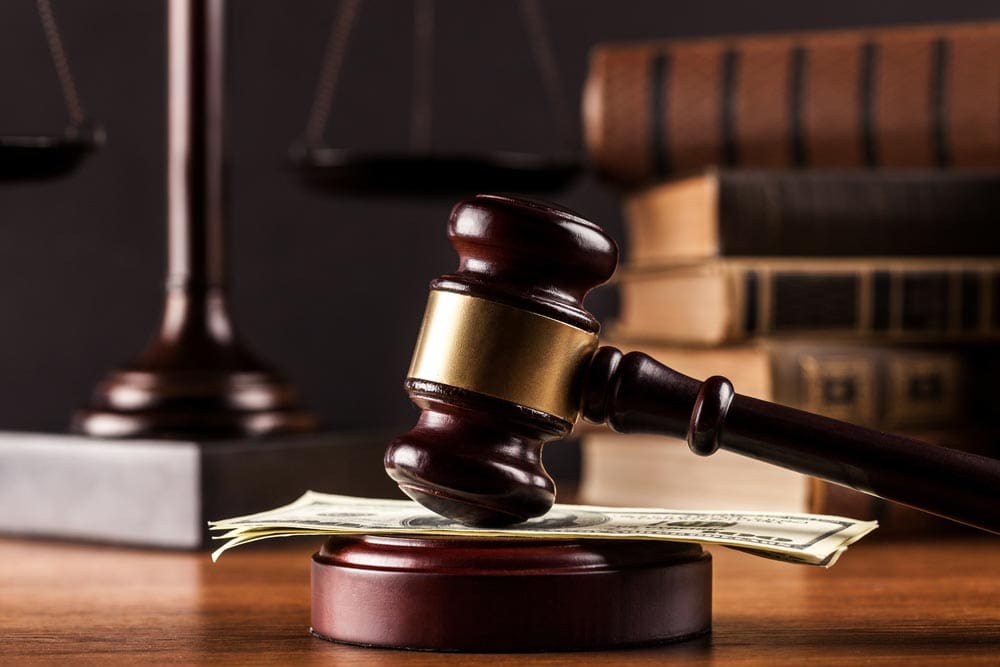The U.S. legal system is complex and robust to ensure it can adequately handle all disputes. While many cases can be handled in small claims courts, some require greater attention, such as tort cases.
Such cases often involve one or more defendants, primarily corporations, and many plaintiffs. To some extent, tort cases involve some form of personal injury. However, a personal injury attorney will not suffice in cases of this magnitude, which are often extremely complex and carry significant consequences for defendants. Instead, you will need a mass tort attorney.
This is an attorney who has spent years mastering the intricacies of personal injury law. Moreover, they have extensive experience handling large cases involving many plaintiffs, and possibly multiple defendants.
What Is Mass Tort?
“Tort” refers to an act or omission that results in injury or harm to another party. It qualifies as a civil wrong for which the defendant is liable. “Mass torts,” as the term implies, involve multiple plaintiffs who allege similar injuries against the same corporation.
Mass tort cases are often confused with class action lawsuits. While they share some similarities, they are very different. For example, both types of cases involve many plaintiffs seeking compensation for damages resulting from an entity’s acts or omissions.
However, in a class action suit, the settlement is divided equally between the plaintiffs. On the other hand, in mass tort cases, each plaintiff is allowed to seek compensation that matches their injuries. Plaintiffs in a mass tort lawsuit do not share a settlement with other plaintiffs.
Types of Mass Tort Claims

As mentioned, tort cases involve a corporation being sued by multiple plaintiffs for injury or harm caused. While such cases can be filed against any institution, they’re more common in some sectors. The most common tort claims include:
Toxic Torts
In some sectors, employees handle chemicals that may be harmful to them, the environment, and consumers. It is the company’s responsibility to ensure that:
- Employees have the right equipment and gear to protect them from such chemicals.
- Toxic elements are disposed of in the appropriate manner.
If either of the above are not met, employees or consumers are at risk of exposure through multiple means:
- Direct contact with the toxins
- Breathing in toxins (e.g., asbestos and toxic mold)
- Exposure to contaminated water
- Harmful toxins in pharmaceutical drugs
- Products with dangerous levels of chemicals
Depending on the chemical or toxin in question and level of exposure, the ramifications may be severe. It may result in life-long health complications that are expensive to manage and treat.
Toxic tort claims involve multiple plaintiffs who claim their exposure to chemicals or toxins resulted from a company’s negligence or omission. They may file a claim for compensation against the company to cover damages suffered from their exposure.
Dangerous Products
When purchasing a product, consumers carry some level of responsibility to ensure the safety of themselves and those around them. However, that does not absolve a manufacturer’s responsibility to ensure products released for sale are safe for use. Moreover, manufacturers are required to provide sufficient information to consumers on how to use products safely.
Failure in either respect could result in the manufacturer being liable for any harm or injury that befalls consumers who use their product. In these cases, consumers have every right to hold manufacturers accountable in a dangerous product tort.
There are several types of dangerous product torts:
- Design defects: There is an error in the product’s design, making it dangerous to use.
- Manufacturing defects: A defect during the manufacturing process makes the product dangerous to use.
- Failure to provide adequate instructions or warning: A manufacturer fails to properly caution consumers about the product’s dangers and risks.
Defective Medical Devices and Drugs
Understandably, the health sector is held to high standards when it comes to quality and safety. Before any drug or medical device is released to the market, it goes through rigorous clinical studies. This is because drugs are uniquely positioned to cause harm if defective.
Aside from harmful defects, drugs and medical devices may have harmful side effects. To avoid any medical tort claims, pharmaceutical companies must ensure that:
- Medical devices and drugs are fit for consumption or use.
- They communicate all possible side effects to consumers.
- Potential side effects do not overshadow the relief offered.
Failure to do so means that drug and medical device manufacturers are liable for any harm their products cause to patients.
Disaster Torts
Events such as fires and explosions are some of the biggest risks manufacturing employees and large apartment complex residents face. Aside from the risk of injury and burns, inhaling smoke and toxins can be very dangerous during such incidents.
Sadly, many of these incidents occur due to human error. Their impact may be magnified by the lack of adequate safety measures that could have managed or even prevented them. If so, each victim has the right to take legal action against the company or building management.
While the injuries among victims vary, disaster torts allow them to file a unified claim seeking individual compensation.
Notable Mass Tort Cases

Over the years, there have been many notable mass tort cases. The first one was in the 1970s, against Agent Orange. Since then, there have been other cases such as:
- The series of Big Tobacco lawsuits filed in the 1980s, with the first compensation of $51.5 million ordered in 2000.
- Tort case against Vioxx, a pain medication that was later found to cause strokes and heart attacks.
Always Get an Experienced Attorney
One of the biggest challenges with mass tort cases is that they involve ordinary people against large corporations. Given corporations’ financial strength and legal support, plaintiffs are disadvantaged. This is why filing a unified tort claim is advisable, as pooling resources helps to rebalance the scale.




